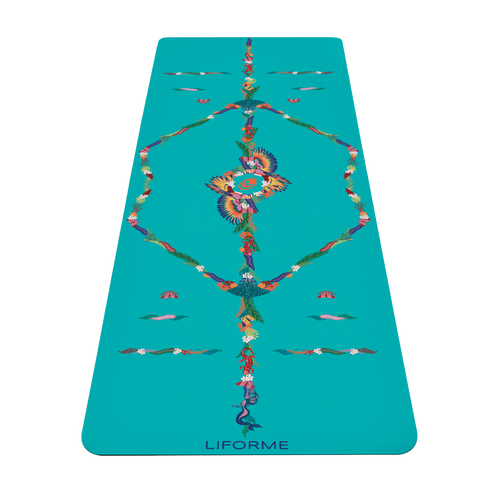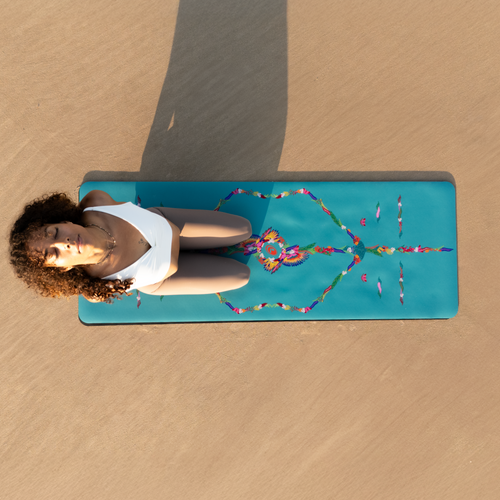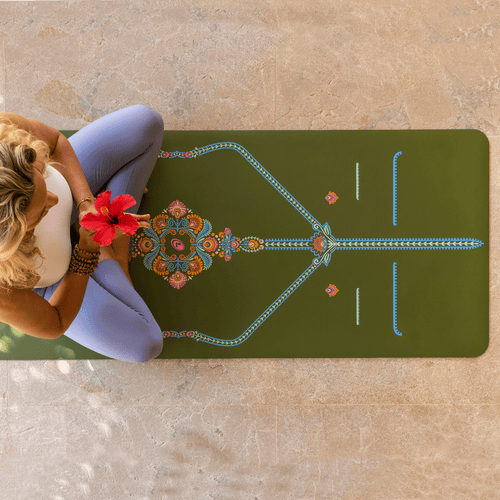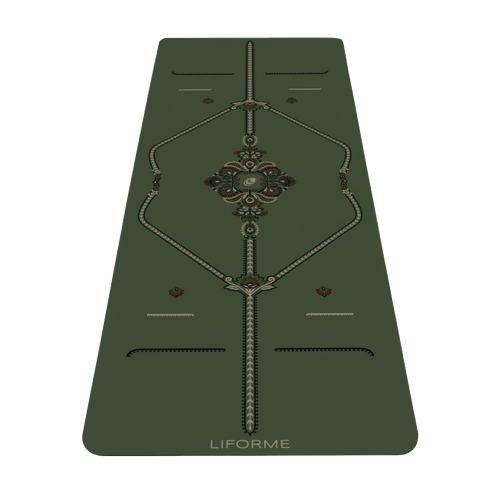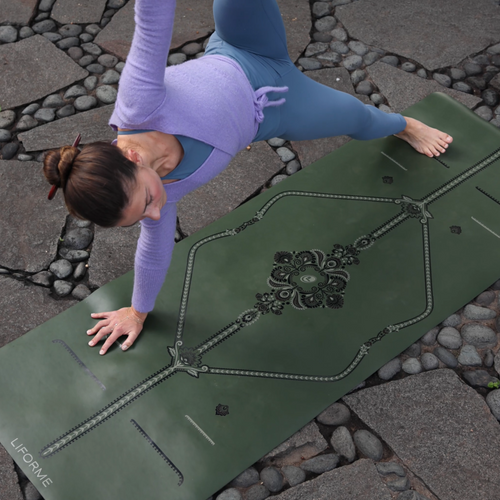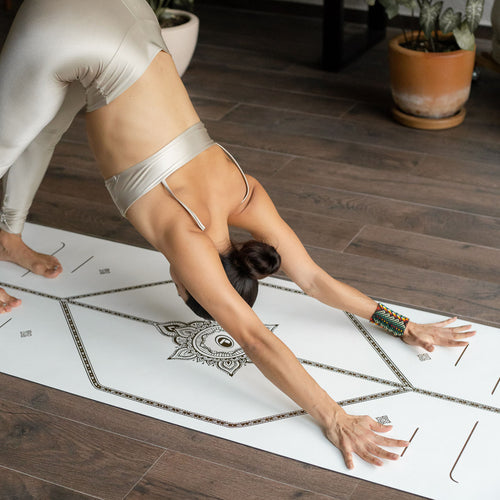When it comes to alignment, we often talk about the stability that comes from stacking your joints. In the case of Side Plank, that approach would dictate that your wrist should be stacked right under your shoulder on your supporting arm. However, that’s not the alignment we recommend in this case because of the angle of the rest of your body to the floor. Your supporting arm is bearing a lot of weight, so we suggest keeping it at a 90-degree angle to the rest of your body, rather than at a 90-degree angle to the floor. Practically speaking, that means your wrist will be a bit closer to the front of your mat than your shoulder.

Benefits of Side Plank
Improves arm, back, and core strength
Improves balance
Instructions:
- Begin in Plank Pose. Push into your heels to shift your weight back, bringing your shoulders behind your wrists.
- Shift your weight to your right arm as you roll onto the outer edge of your right foot and turn your body to face the left.
- Stack your left foot on top of your right foot, instep to instep. If you want a bit more stability, you can stagger your feet instead of stacking them. Either way, keep both feet flexed and active.
- Your pelvis and shoulder girdle both face to the left.
- Reach your left arm up toward the ceiling with your hand active and your fingers spread. Open your chest and turn your gaze up toward your left hand.
- Press down strongly into your right palm and the outside of your right foot. Lift your hips upwards, perhaps even making a crescent shape with the underside of your body.
- After several breaths, return to Plank and repeat the posture on the other side, taking a rest if necessary.

Supported Side Plank
If your hips are dipping toward the floor in Vasisthasana, you may need a little extra support. Your own leg makes for a very handy prop.
For this variation, step your top foot about halfway down your mat. Press firmly into the sole of your foot to lift your hips away from the floor.
You can stretch your top arm toward the front of the room for a nice side stretch.

Side Plank Variations (in which you Do Things with Your Top Leg)
The first step along the journey to doing things with your top leg is to try lifting it off the bottom leg. You have to recruit quite a lot of core strength to make this happen. Doing leg lifts in Side Plank can help you build this strength.
Tree Pose legs are a convenient stop along the way. Counter the downward pressure of your top leg by pressing your hips up as much as possible. Try floating your top leg (as seen above) for a balance challenge. As you work on lifting your top leg, the sole of your bottom foot anchors you to your mat.

Holding your extended top foot as seen in this variation, also requires open hamstrings. If you’re not there yet, you can float and extend the top leg without holding it or use a strap around your foot.
To come into this variation, bend your top knee and take hold of your big toe. Then begin to straighten your top leg with the sole of your foot facing the ceiling. If you stuck your butt out during this process, tuck it back under when you’re in the full pose.
If you feel wobbly, remember that this is how Wild Thing came to be, so you can count on flipping a few Dogs along the way.












